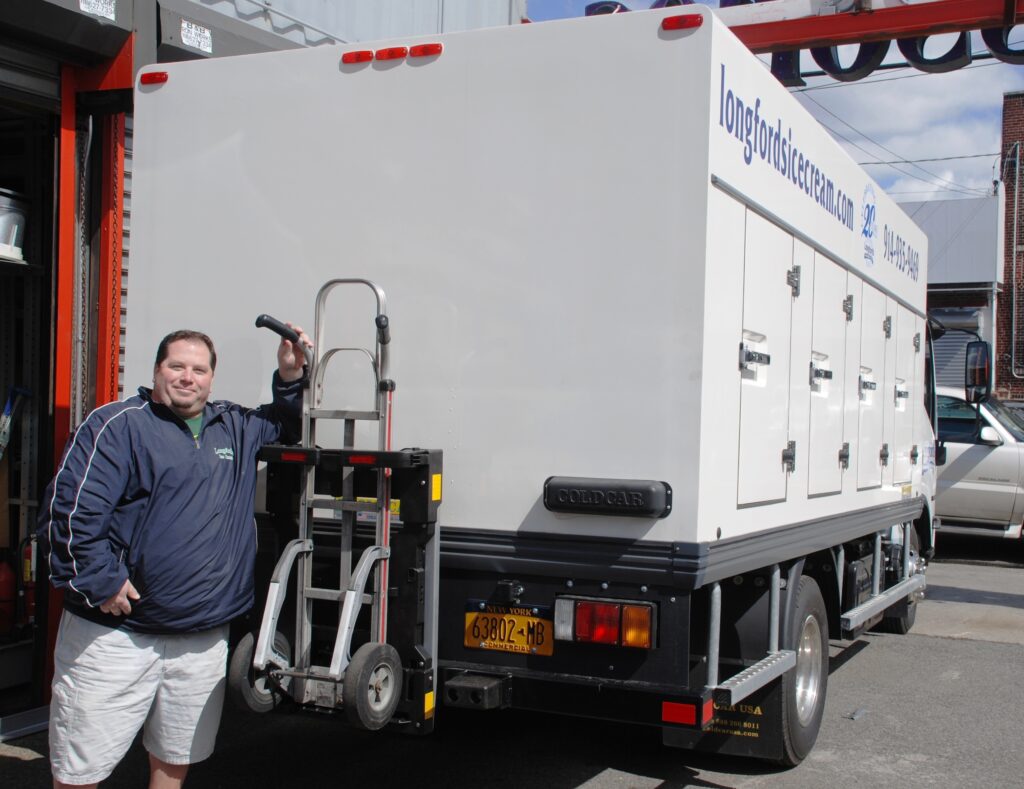
Cold chain logistics plays a pivotal role in preserving the safety and quality of temperature-sensitive products, ranging from perishable foods and pharmaceuticals to biotechnological materials. As global supply chains expand and consumer expectations for product quality rise, understanding the significance of cold chain logistics becomes imperative. In this article, we delve into the complexities, challenges, and strategies behind ensuring the safety and quality of products within the cold chain.
The Essence of Cold Chain Logistics
Cold chain logistics, often referred to as the “cool chain,” represents a meticulously controlled and temperature-monitored supply chain. Its primary purpose is to maintain a consistent and specified temperature range throughout the entire journey of temperature-sensitive products, from production and storage to transportation and distribution.
Key components of cold chain logistics include refrigerated storage facilities, temperature-controlled transportation, monitoring systems, and a highly trained workforce. These elements work in concert to ensure that products maintain their safety and quality attributes from origin to destination.
4 Examples of Valuable Cold Chain Cargo
Cold chain logistics primarily serves products that are highly susceptible to temperature variations, which can compromise their safety, efficacy, or quality. Some of the key products within the purview of cold chain logistics include:
1. Pharmaceuticals and Vaccines
Life-saving drugs and vaccines require stringent temperature control to remain effective. Even minor temperature excursions can render them useless or, in some cases, harmful.
2. Perishable Foods
Fresh fruits, vegetables, dairy products, and meats must be kept at specific temperatures to prevent spoilage and maintain nutritional value.
3. Biotechnological Materials
Biopharmaceuticals, enzymes, and other biotechnological materials are highly sensitive to temperature changes, which can denature their proteins or degrade their efficacy.
4. Chemical and Laboratory Products
Chemical reagents, diagnostic kits, and laboratory samples must be preserved within precise temperature ranges to ensure accurate results and product integrity.
4 Challenges in Cold Chain Logistics
Ensuring the safety and quality of products within the cold chain presents a unique set of challenges:
1. Temperature Variability
Environmental conditions, weather events, and equipment failures can lead to temperature fluctuations that jeopardize product integrity.
2. Regulatory Compliance
Stringent regulations and guidelines govern the handling and transportation of temperature-sensitive products, requiring meticulous documentation and adherence to standards.
3. Cost Management
Maintaining temperature control throughout the supply chain can be costly, as it involves specialized equipment, energy consumption, and frequent monitoring.
4. Technology Integration
Implementing and managing temperature-monitoring systems, data analytics, and real-time tracking technologies are essential but complex tasks.

5 Strategies for Success
To overcome the challenges and ensure product safety and quality in cold chain logistics, several strategies are vital:
1. Temperature Monitoring and Data Analytics
Implementing advanced temperature monitoring systems goes beyond just tracking the temperature of storage and transportation units. It involves the integration of sophisticated sensors, IoT (Internet of Things) devices, and data analytics software. These systems provide real-time visibility into the entire cold chain, collecting data on temperature fluctuations, humidity levels, and even environmental conditions such as light exposure.
By leveraging data analytics, companies can gain valuable insights into temperature patterns and predict potential deviations. This proactive approach allows for immediate interventions, such as adjusting cooling systems or rerouting shipments, to prevent temperature-sensitive products from being compromised.
2. Regulatory Compliance
Regulatory compliance within cold chain logistics is not a mere formality; it’s a non-negotiable requirement. The pharmaceutical, food, and biotech industries, among others, are subject to stringent regulations regarding the transportation and storage of temperature-sensitive products. Maintaining compliance involves meticulous record-keeping, regular audits, and robust training programs for personnel involved in handling these products. Additionally, it requires staying up-to-date with evolving regulatory standards, both domestically and internationally, to ensure that all guidelines are met or exceeded.
3. Sustainability Initiatives
Sustainability initiatives in cold chain logistics have gained prominence in recent years. Eco-friendly refrigeration options, such as energy-efficient cooling systems and natural refrigerants, not only reduce carbon emissions but also lower operational costs over time.
Moreover, optimizing transportation routes to minimize fuel consumption and environmental impact is a crucial sustainability strategy. Companies can leverage technologies like route optimization software and alternative transportation modes (e.g., electric or hybrid vehicles) to make their cold chain operations more environmentally friendly. These initiatives not only align with global sustainability goals but also resonate with eco-conscious consumers.
4. Supplier Collaboration
Building strong partnerships with suppliers, carriers, and logistics providers is a cornerstone of effective cold chain management. Suppliers who understand the unique demands of cold chain logistics can take measures to package products appropriately and maintain temperature control before handing them over to carriers. Collaboration with carriers ensures that transportation vehicles are properly equipped with refrigeration systems and that drivers are trained to handle temperature-sensitive cargo. Logistics providers play a critical role in coordinating and overseeing the entire cold chain, ensuring seamless transitions from production to distribution. Effective communication and trust among all parties involved are essential for the smooth operation of the cold chain.
5. Continuous Improvement
The cold chain is not a static system but a dynamic one that demands continuous improvement. Regular assessments of cold chain processes are essential to identify areas for enhancement and cost optimization. This involves evaluating the performance of temperature monitoring systems, auditing compliance procedures, and analyzing data from past shipments. By adopting a culture of continuous improvement, organizations can remain agile and responsive to changing conditions and emerging technologies in the cold chain logistics industry. It also enables them to stay ahead of potential challenges and seize opportunities for innovation.
Be Proactive About Cold Chain Logistics Efficiency
Cold chain logistics serves as a guardian of product safety and quality, supporting industries that impact human health, nutrition, and scientific progress. In an era of global commerce and heightened consumer expectations, the need for effective cold chain management has never been more critical.
By embracing cutting-edge technologies, adhering to rigorous regulations, and fostering collaboration throughout the supply chain, organizations can proactively navigate the complexities of cold chain logistics with confidence. In doing so, they not only protect the integrity of their products but also contribute to a safer, healthier, and more sustainable world.




